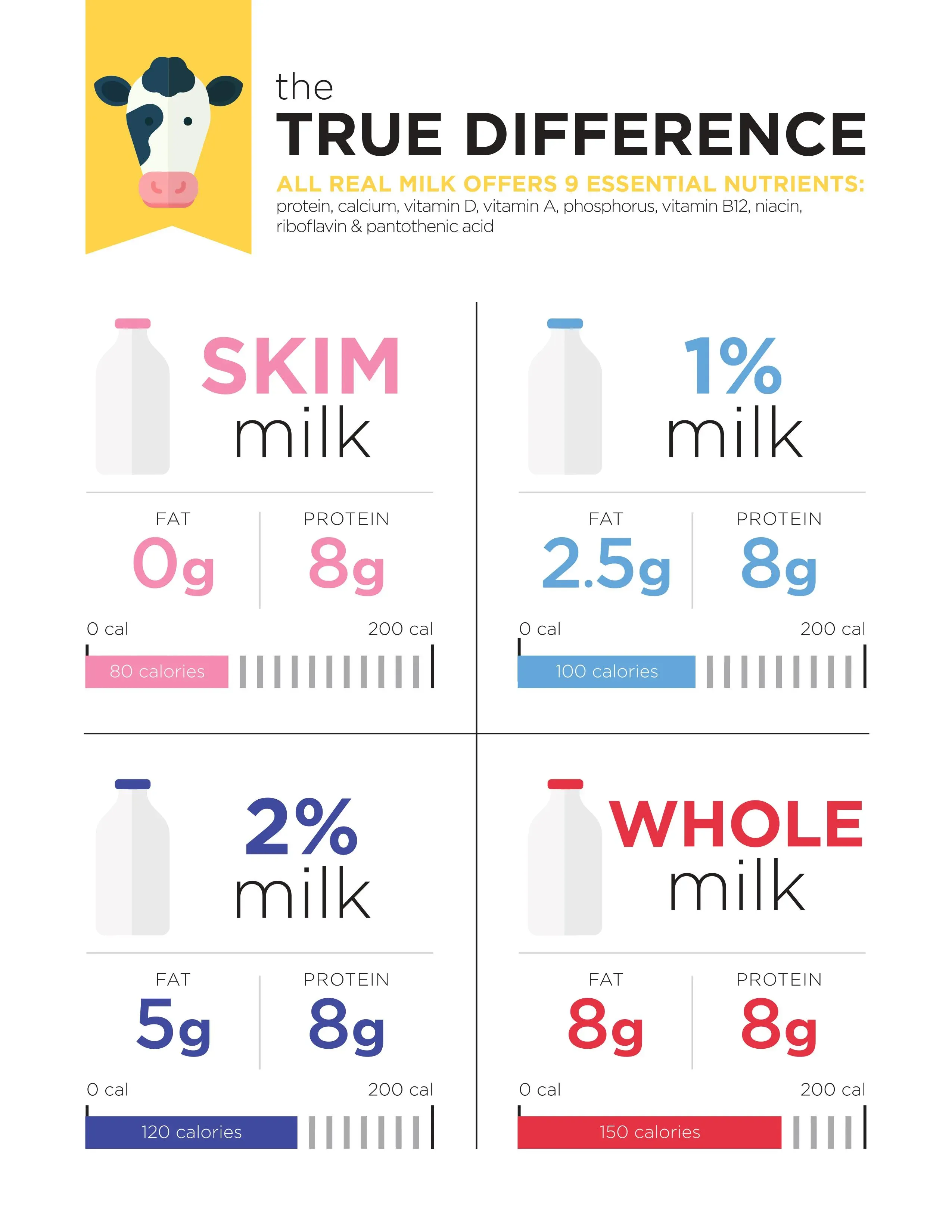Table of Contents
Walk down the dairy aisle and you're faced with a wall of white liquid. Full-fat, 2%, 1%, and then you hit the lightweights: skim milk and low fat milk. For years, we've been told to cut back on fat, but does that automatically make skim the undisputed champion over low fat? It’s not just about counting calories; there’s a whole lot more going on in that carton than you might think. The debate of skim milk vs low fat isn't just about dietary dogma; it involves taste, texture, and what nutrients you're actually getting. This isn't a simple case of 'less fat equals better'. Sometimes, the difference feels negligible, and other times, it changes your morning coffee entirely. We're going to slice through the marketing speak and the outdated advice to look at what distinguishes skim milk vs low fat milk. Get ready to explore the nutritional facts, the sensory experience, and figure out which pour makes the most sense for you, without the usual fluffy health jargon. Let's settle this milk aisle standoff.
Skim Milk vs Low Fat: The Basic Breakdown
Skim Milk vs Low Fat: The Basic Breakdown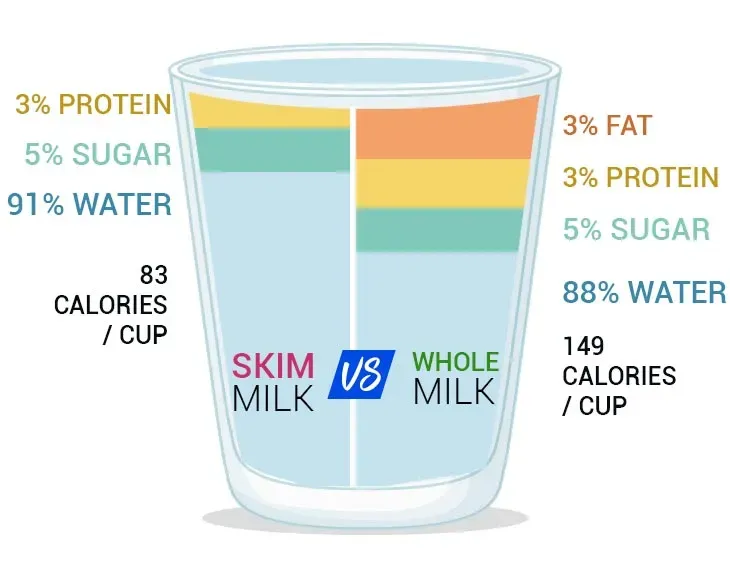
Alright, let's cut through the noise about skim milk vs low fat. When you grab a carton, the main difference staring back at you is the fat content percentage printed on the label. Skim milk, often called non-fat or fat-free, takes the processing a step further than its low fat cousin. Producers remove virtually all the milkfat, leaving you with less than 0.5% fat by weight. Low fat milk, typically labeled as 1%, retains a small amount of fat, usually around 1% of the total weight. This seemingly small difference in fat content between skim milk vs low fat milk creates ripple effects in everything from nutritional profiles to how it feels and tastes when you drink it or pour it over your cereal.
Nutritional Showdown: Skim Milk vs Low Fat Milk
Nutritional Showdown: Skim Milk vs Low Fat Milk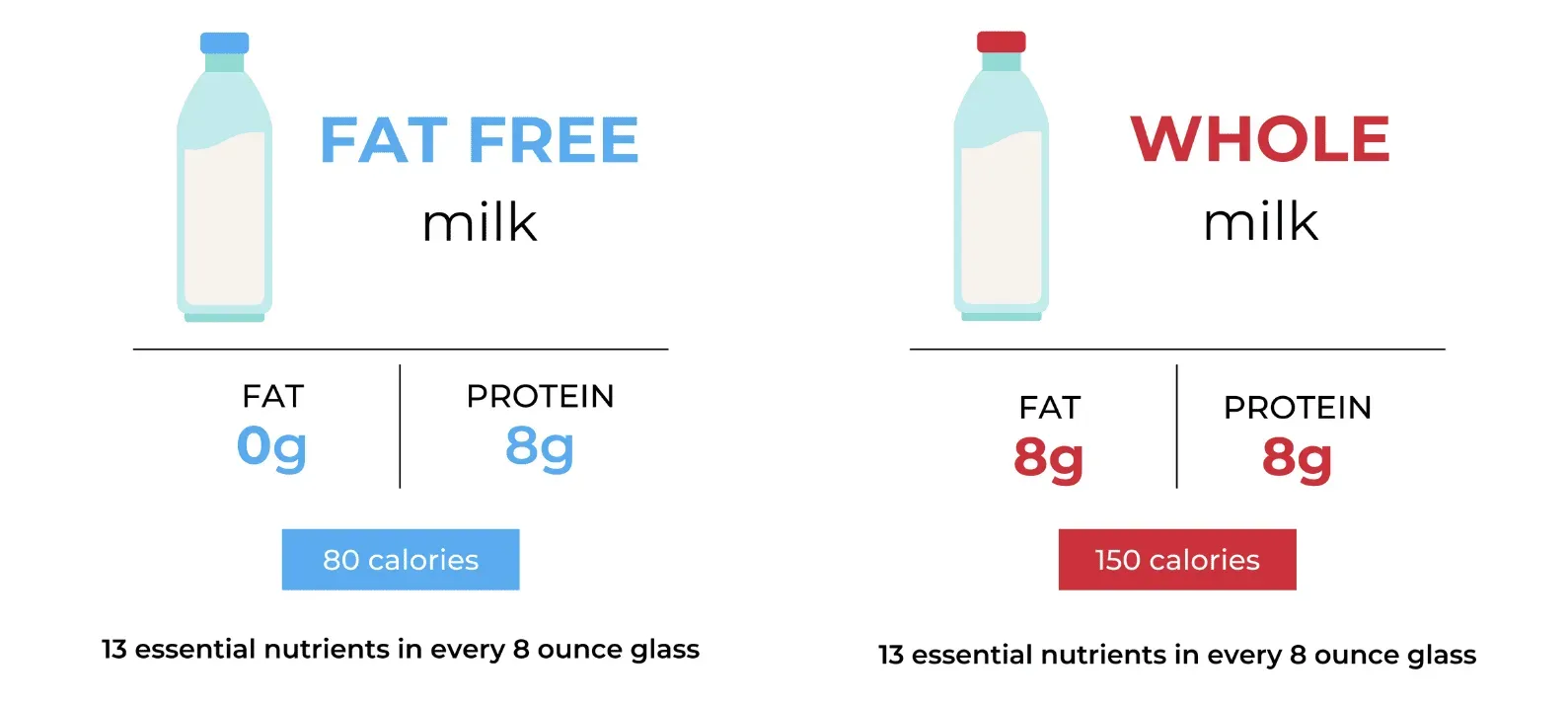
Calories, Fat, and the Numbers Game
let's get down to the nitty-gritty: the nutrition labels. When you put skim milk vs low fat side-by-side, the most obvious difference is the calorie count, driven primarily by the fat content. Skim milk, having almost no fat, naturally has fewer calories per serving than 1% low fat milk. We're not talking earth-shattering differences here, maybe 10-20 calories per cup, but over time, especially if you drink a lot of milk, it can add up. Think of it as a small adjustment in your daily energy intake. This lower fat content is the main reason people often reach for skim when they're focused purely on cutting calories or dietary fat.
Beyond Just Fat: Vitamins and Minerals
But milk isn't just about fat and calories, right? It's packed with good stuff like protein, calcium, vitamin D, and B vitamins. Here's where the skim milk vs low fat comparison gets a little more interesting. Both types generally have the same amount of protein and calcium per serving. That's your bone-building and muscle-repairing power largely unchanged. However, some vitamins, like vitamins A and D, are fat-soluble. This means they're naturally found in the milkfat. When producers remove the fat to make skim or low fat milk, they usually add these vitamins back in, a process called fortification. So, you're typically getting comparable amounts of added vitamins, but it's worth noting how they get there in the skim milk vs low fat versions.
Nutrient (per 1 cup) | Skim Milk | 1% Low Fat Milk |
|---|---|---|
Calories | ~80 | ~100 |
Total Fat | < 0.5g | ~2.5g |
Protein | ~8g | ~8g |
Calcium | ~300mg | ~300mg |
Vitamin D | ~2.4mcg (fortified) | ~2.4mcg (fortified) |
Beyond the Numbers: Taste and Texture in Skim vs Low Fat
Beyond the Numbers: Taste and Texture in Skim vs Low Fat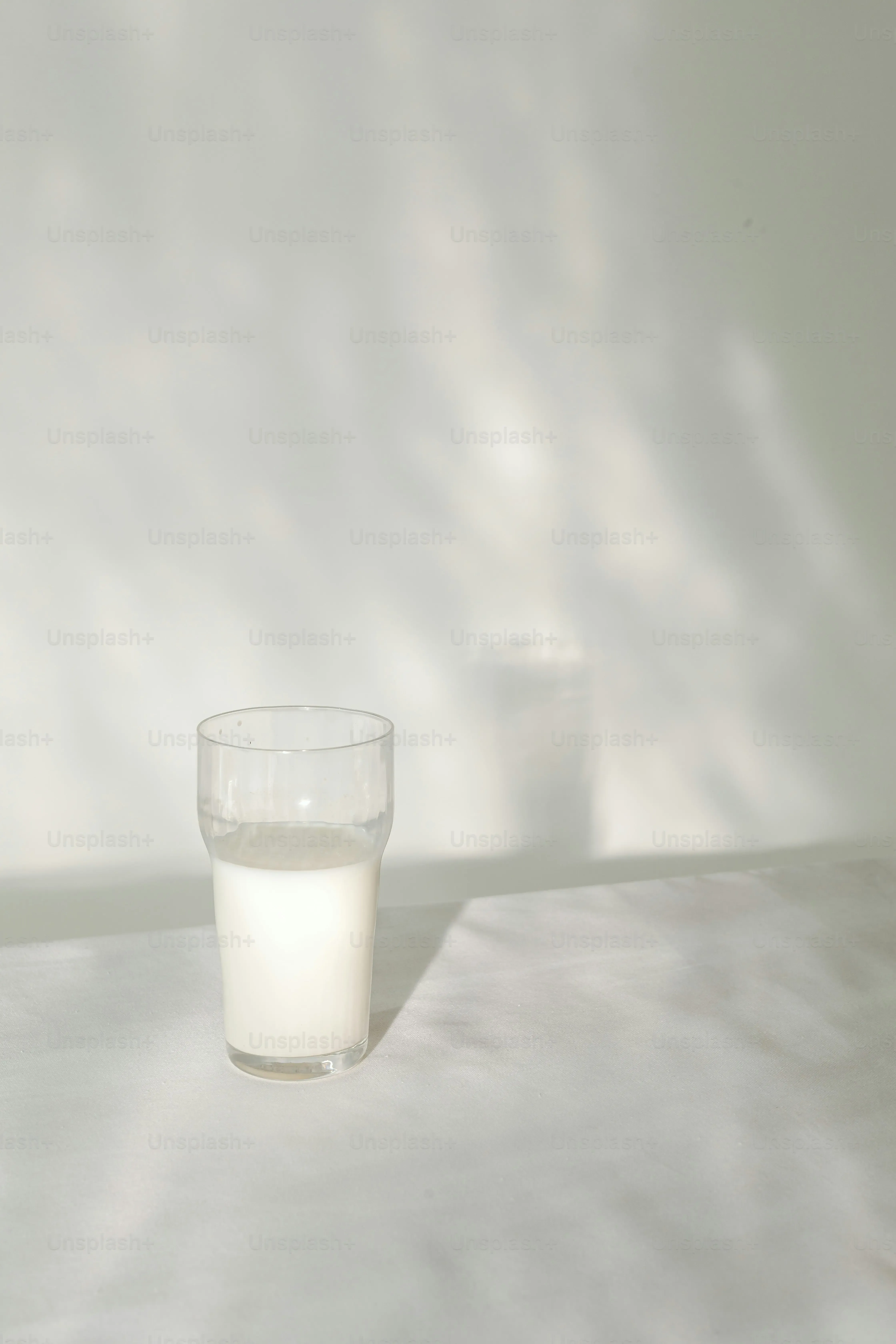
Skim Milk: The Watery Truth
Let's be honest, for many people, the biggest hurdle with skim milk isn't the nutrition label; it's how the stuff actually tastes and feels. When you strip away the fat, you're not just losing calories; you're losing a major player in flavor delivery and mouthfeel. Fat coats your tongue, carries fat-soluble flavor compounds, and gives milk that familiar richness. Skim milk, lacking this, can often taste... well, thin. Some might even say watery. The subtle sweetness and creamy notes are muted, leaving behind something that feels less like a beverage and more like slightly flavored water. It's the difference between biting into a rich piece of chocolate and sucking on a sugar-free candy – technically sweet, but fundamentally different in experience.
Low Fat Milk: A Compromise in Creaminess
Stepping up to low fat milk (1%) adds back just a touch of that missing fat. It’s not a return to the full-bodied experience of 2% or whole milk, but it does make a noticeable difference in the skim milk vs low fat comparison when it comes to texture. That 1% of fat provides a slightly more substantial mouthfeel. It doesn't coat your tongue quite like whole milk, but it feels less like it's passing straight through you compared to skim. There's a hint more creaminess, a touch more body. For some, this small addition is enough to make the milk palatable again, providing a bridge between the perceived health benefits of lower fat and the desire for something that doesn't feel quite so... naked.
- Skim Milk: Thin, watery, less pronounced flavor.
- Low Fat Milk (1%): Slightly thicker, a touch more creamy, marginally richer taste than skim.
- Neither: Replaces the richness of higher-fat milks.
Common Questions About Skim Milk vs Low Fat
Common Questions About Skim Milk vs Low Fat
Does removing fat affect nutrient absorption?
so you've heard that some vitamins need fat to be properly absorbed by your body. This is true for those fat-soluble heavy hitters like Vitamins A, D, E, and K. Since skim milk has virtually no fat compared to low fat milk, you might wonder if you're missing out on absorbing those added vitamins. It's a fair point. However, the amount of fat needed for absorption isn't huge. The small amount of fat in low fat milk (1%) is generally enough. For skim milk, while it has almost no fat itself, if you consume it as part of a meal or snack that contains some fat – say, with cereal and nuts, or in a smoothie with fruit and yogurt – you'll likely get sufficient fat intake from the overall context to absorb those fortified vitamins. So, the difference between skim milk vs low fat milk on vitamin absorption isn't usually a dealbreaker in a balanced diet.
Is one better for weight loss than the other?
This is the big one, isn't it? People often choose skim milk specifically for weight loss because it has fewer calories than low fat or higher-fat milks. On paper, yes, swapping from 1% low fat to skim milk saves you a few calories per serving. Over time, this *could* contribute to a calorie deficit needed for weight loss. But let's keep it real. The difference between skim milk vs low fat (1%) is pretty minimal on a daily basis unless you're drinking gallons. Focusing solely on this small caloric difference while ignoring your overall diet and activity level is like rearranging deck chairs on the Titanic. Sustainable weight loss comes from consistent, moderate changes across the board, not just picking the slightly lighter milk. Don't rely on the milk carton to do all the heavy lifting.
- Thinking about switching? Consider your overall diet, not just the milk.
- The calorie difference between skim milk vs low fat (1%) is minor.
- Consistency in diet and exercise is key for weight loss.
- Don't expect miracles from your milk choice alone.
Can switching impact bone health?
Both skim milk and low fat milk are excellent sources of calcium and are typically fortified with vitamin D. These two nutrients are absolutely crucial for building and maintaining strong bones. The good news is that the amount of calcium and vitamin D is generally the same in a serving of skim milk vs low fat milk because they are added back during processing. So, from a bone health perspective, choosing between skim and low fat milk won't make a significant difference. You're getting the same bone-supporting power regardless of which one you pour. The important thing is simply consuming milk or other calcium and vitamin D rich foods regularly as part of your diet, whether it's the skim milk vs low fat version.
Picking Your Pour: Deciding Between Skim Milk vs Low Fat
Picking Your Pour: Deciding Between Skim Milk vs Low Fat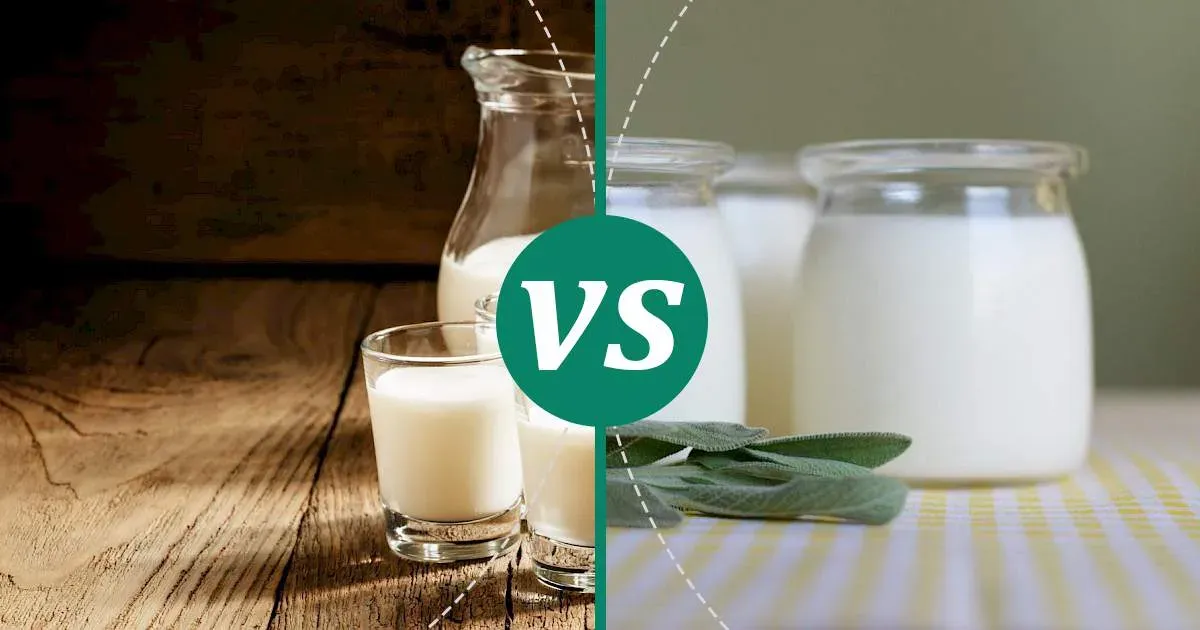
Taste First, Numbers Second?
after wading through the nutritional facts and the subtle differences in mouthfeel, how do you actually make the call between skim milk vs low fat? Honestly, for most folks, it boils down to personal preference. Do you find skim milk too thin, like drinking white water? Does the slightly richer texture of 1% low fat milk make your coffee or cereal experience noticeably better? If you genuinely dislike the taste or texture of skim, forcing yourself to drink it just to save a handful of calories might not be sustainable or enjoyable. Life's too short for milk you don't like. If that extra gram or two of fat in low fat milk makes you actually *drink* your milk and get those valuable nutrients like calcium and vitamin D, then 1% is likely the better choice for you, regardless of the minuscule calorie difference compared to skim milk.
Aligning With Your Goals
Beyond taste, consider your overall dietary picture. If you're on a very strict calorie-controlled diet where every calorie counts, the slight edge goes to skim milk vs low fat. However, for the vast majority of people, the caloric difference is negligible in the grand scheme of things. Are you getting enough healthy fats elsewhere in your diet? If so, the tiny amount in low fat milk isn't a big deal. If you struggle with absorbing fat-soluble vitamins, that touch more fat in 1% might theoretically offer a slight advantage, though again, eating a balanced meal with your milk is usually enough. Don't overthink the skim milk vs low fat debate to the point of paralysis. Pick the one you'll consistently drink that fits reasonably within your overall eating pattern and budget.
- Consider your taste and texture preference above all else.
- Evaluate your overall dietary needs and calorie goals.
- Remember the nutritional differences (beyond fat/calories) between skim milk vs low fat are minimal due to fortification.
- Choose the option you are most likely to consume regularly to get the benefits of milk.
Making Your Milk Choice: Skim vs Low Fat
So, when it comes down to skim milk vs low fat, there's no single trophy winner for everyone. Skim gives you the lowest calorie count by ditching almost all the fat, while low fat milk keeps a little in the game, which can sometimes help your body absorb certain vitamins better and offers a slightly richer mouthfeel. The nutritional differences are real, but for many, the choice often boils down to personal preference in taste and texture, or specific dietary goals advised by a professional. Don't let the labels dictate; consider what fits your diet, your palate, and your overall health picture. The best milk is the one that works for you.
